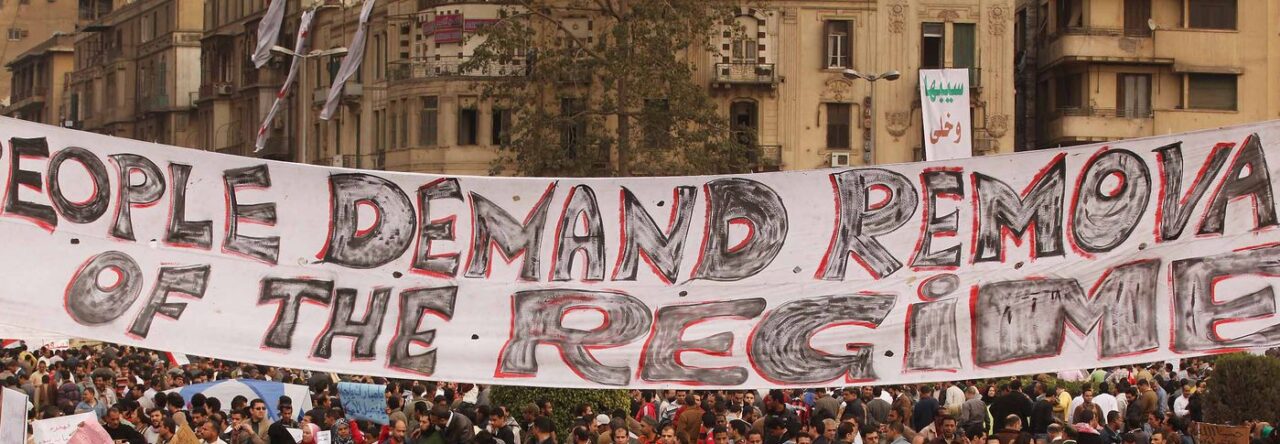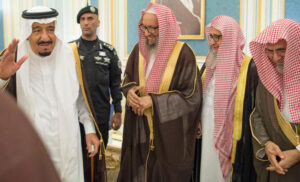Studying authoritarianism and change in the Middle East and North Africa requires a comprehensive approach, considering various tools and factors. Herein we will explore key elements for understanding the dynamics in the MENA region.
Regime type analysis is fundamental for understanding authoritarian governance. For instance, examining the role of the military in Egypt’s political landscape highlights the military’s strong influence, shaping the country’s political institutions and power dynamics. Similarly, the ruling party’s dominance in countries like Syria underscores the importance of party structures in maintaining authoritarian rule.
Resource endowments play a crucial role, as seen in oil-rich countries like Saudi Arabia. The vast oil wealth has enabled the Saudi government to implement generous social welfare programs, contributing to social stability and the regime’s longevity. However, it also raises challenges related to rentierism and economic dependency.
Historical factors, exemplified by the confessional system established during the French mandate in Lebanon, showcase the enduring impact of colonial legacies on political structures in the Middle East. The confessional system, shaped by historical decisions, allocated political power based on religious sects and has contributed to persistent challenges in state governance, evident in the country’s ongoing struggles with state-society relations and political stability.
Social and cultural dynamics, such as sectarianism in Iraq, significantly influence political alliances and conflicts. The Sunni-Shia divide has played a pivotal role in shaping the country’s political landscape, with sectarian tensions affecting governance and exacerbating political instability.
Economic conditions, illustrated by Tunisia’s experience, demonstrate the interplay between economic factors and political change. The Arab Spring was sparked, in part, by economic grievances, reflecting the impact of high unemployment rates and economic inequality on political discontent.
International relations are evident in the external interventions in Libya. The NATO intervention in 2011 significantly altered the country’s political trajectory, highlighting the role of external actors in shaping political outcomes in the MENA region.
Methodological approaches, exemplified by Lisa Wedeen’s single case study on Syria, provide an in-depth understanding of local dynamics. By exploring the everyday practices that sustain authoritarianism, Wedeen offers insights into the mechanisms through which power is maintained. On the other hand, region-spanning studies by Cammett, Diwan, Richards, and Waterbury, such as their analysis of economic policies across the region, enable broader generalizations and comparisons.
In conclusion, a multidimensional approach to studying authoritarianism and change in the MENA region is essential. Examples from specific countries highlight the significance of regime type, resource endowments, historical factors, social and cultural dynamics, economic conditions, and international relations in shaping the region’s complex political landscape.
Sources:
Cammett, Melani, Diwan, Ishac, Richards, Alan, and Waterbury, John. 2013. A Political
Economy of the Middle East. Boulder: Taylor & Francis Group.
Wedeen, Lisa. 2015. Ambiguities of Domination. https://doi.org/10.7208/chicago/9780226345536.001.0001.


